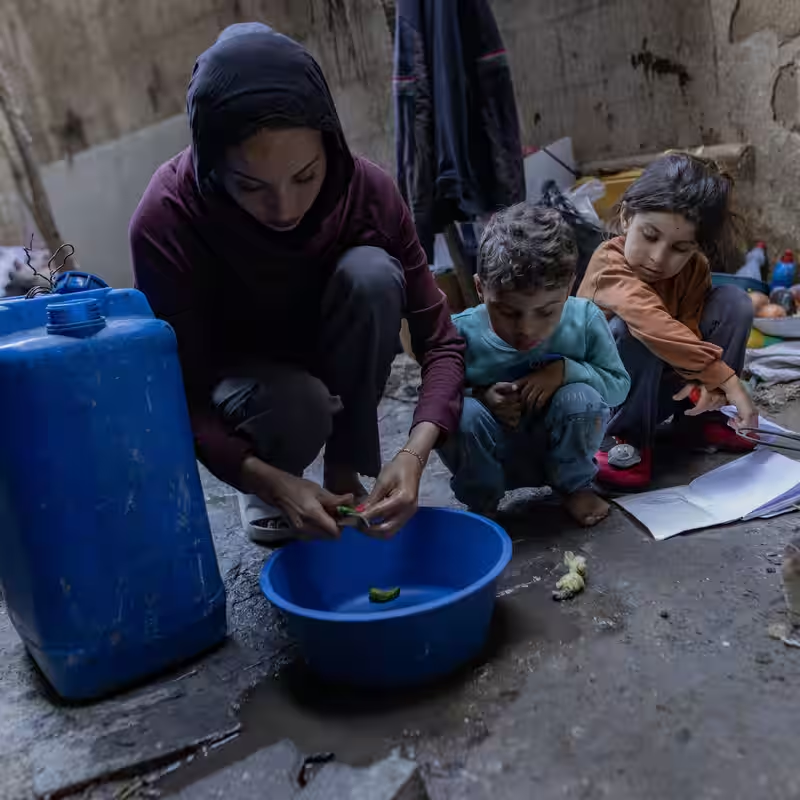Table of Contents
- Families Return to Ruins
- The Human Toll of Destruction
- Collapsed Infrastructure, No Basic Services
- A Generation Traumatized
- Rebuilding Gaza: A Decades-Long Task?
- Sources
Gaza Returns: ‘Everything Is Gone’ After Cease-Fire
In the wake of a fragile cease-fire between Israel and Hamas, thousands of Palestinians have begun returning to northern Gaza—only to find their homes, neighborhoods, and entire communities reduced to rubble. For many, the journey back was filled with hope. What they encountered was devastation beyond words.
“At least, this piece of land is ours,” said Sabah Abu Ghanem, 26, standing amid the skeletal remains of her family’s home in Gaza City. “This rubble I can call mine.”
The Human Toll of Destruction
Since the cease-fire took effect earlier this month, displaced families have streamed back from overcrowded tent camps in southern Gaza, seeking to reclaim what little remains of their lives. But for many, there is nothing left to reclaim.
Majdi Nassar, 32, returned to his neighborhood in Jabaliya—a densely populated suburb of Gaza City—only to leave within 24 hours. “I could not find any trace of the building where I had an apartment, not even the rubble,” he said. “Everything is gone.”
His story is not unique. Satellite imagery and on-the-ground reports confirm that entire districts have been leveled, with residential blocks, schools, mosques, and hospitals erased from the map.
Collapsed Infrastructure, No Basic Services
Beyond the visible ruins lies a deeper crisis: the near-total collapse of Gaza’s infrastructure. Clean water is scarce. Electricity is sporadic at best. Sewage systems are nonfunctional, raising fears of disease outbreaks.
“I came back hoping to rebuild,” said Fatima Al-Rashid, a mother of four. “But how do you rebuild when there’s no water to drink, no clinic for your child’s fever, and no school for your kids?”
Aid organizations warn that without immediate humanitarian access and large-scale reconstruction support, the return of civilians could lead to a secondary catastrophe.
A Generation Traumatized
The psychological scars may be the hardest to heal. Children who once played in alleyways now wander through fields of concrete and rebar. Many suffer from nightmares, anxiety, and silence—a stark contrast to the laughter that once filled these streets.
“They don’t cry anymore,” said Dr. Leila Haddad, a volunteer psychologist working in Deir al-Balah. “That’s the most worrying sign. They’ve stopped expecting anything good to happen.”
Rebuilding Gaza: A Decades-Long Task?
Experts estimate that reconstructing Gaza could take decades and cost tens of billions of dollars. But political obstacles loom large. Restrictions on building materials, ongoing security concerns, and deep mistrust between stakeholders complicate every effort.
Even if funding materializes, the question remains: who will lead the rebuilding? And will those who return today still be alive to see their city whole again?
For now, families like the Abu Ghanems sleep in cracked rooms with no doors, no windows, and no certainty—except that this land, however broken, is theirs.




